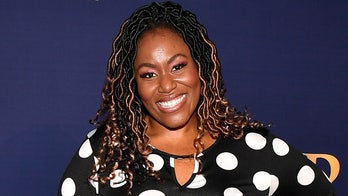It doesn’t take an academic study to prove that the level of sex on TV has been on the rise in recent years. But there hasn’t been much high-level comprehensive research on the topic in nearly a decade.
The Henry J. Kaiser Family Foundation funded long-term studies on sex on TV in the mid-1990s through the early 2000s, but the org has reduced its support for media-related research initiatives in recent years.
The biggest concern among social scientists about a high volume of sexual content on the tube is the impact it has on younger viewers. Study after study indicates a correlation between kids watching more sexually charged TV and having sex at an earlier age, according to Kirstie Farrar, associate professor of communications at the U. of Connecticut.
Farrar worked on the “Sex on TV” studies funded from 1998-2005 by Kaiser. Those studies surveyed programs on PBS, the now-departed WB, TNT, USA, Lifetime and HBO.
“It doesn’t necessarily have to be explicit. Even being exposed to just a lot of talk about sex on TV can have an influence,” Farrar says. “The notion of the message being ‘everybody’s doing it’ is what’s really important. And what’s problematic is you don’t see a lot of safe sex messages or responsible relationships modeled in the media.”
An even more troubling issue, in Farrar’s view, is the potentially harmful effects of portrayals of sexual violence.
“Research shows that when you pair aggression with sexual stimulation — as you see in porn and slasher pics — people can become very desensitized to those portrayals,” Farrar says.






